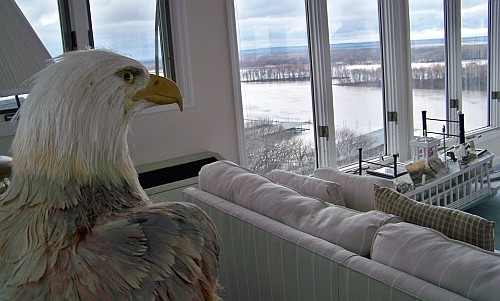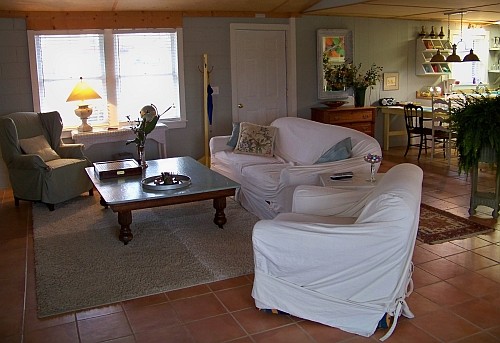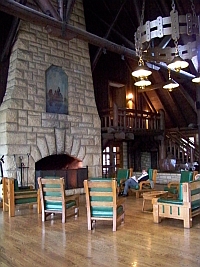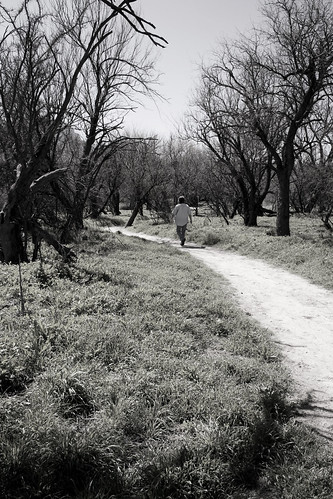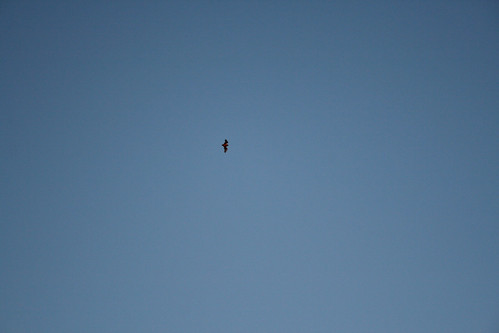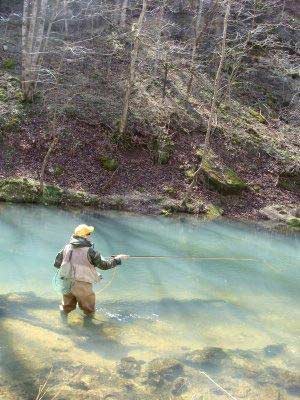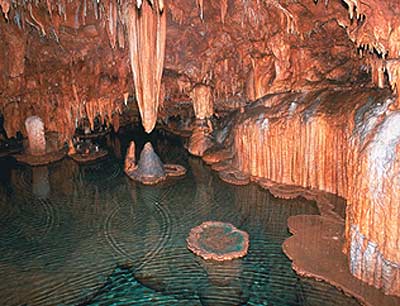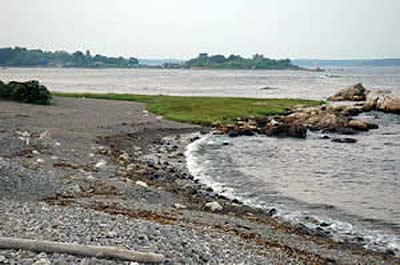Lodging Where the Rivers Meet in Grafton, Illinois
Friday, April 9th, 2010Grafton, Illinois is one of those cute little towns that most people haven’t heard of, but it’s a great place to spend a weekend kicking back where the Illinois and Mississippi Rivers join up and flow together. It’s a winery town, a river community, and the gateway to nearby Pere Marquette State Park.
If the car ferries are running, it’s also a short hop from St. Charles, Missouri and an easy drive to St. Louis. The Sam Vadalabene bike trail connects Grafton with Alton and the state park. If you don’t have your own, you can rent a bike at Wild Trak Bikes in Alton.
There are no big chain hotels in Grafton and most visitors like it that way. Here are a few notable places to spend the night in after eagle watching, wine tasting, or biking.
Tara Point Inn – This is the top lodging choice in Grafton, both literally and figuratively. It sits perched high on a bluff, with a terrific view overlooking the confluence of the two rivers. There are lots of windows to get the whole panorama in the public areas and main building rooms, but the cottage suites in separate buildings provide more room to stretch out. Rates are $168 to $216 including tax and breakfast. See more at www.TaraPoint.com
The Loading Dock Guesthouse and Riverside Cottage are two mini houses by the river, right next to the great Loading Dock restaurant and bar. This is the best spot in town to hang out by the river anyway, so then you only have a few steps back to your private cottage with all the comforts of home, including a full kitchen, Wi-Fi, and satellite TV. Rates are $100 to $225 per night for up to six people (some on bunk beds) in the Guesthouse.
The Pere Marquette Lodge, located a few miles away in the state park and facing the Illinois River, is one of those grand, solid lodges built with government stimulus money in the 1930s. With 73 rooms and cabins, it’s the largest lodge in the area and has a pool, a massive fireplace, and a giant chess set on the floor of the main hall. There’s a restaurant on site and a wine bar featuring the local Mary Michelle Winery label. Hiking trails intersect the 8,000-acre site. Visit the official lodge site for current rates, which start at $125.
The Loading Dock is the only one of these three that is walking distance to all the restaurants and wine bars in the town of Grafton itself. The most interesting other choice in the center is the Ruebel Hotel on the main drag. Built a hundred years ago and renovated in 2008, it features a beautiful restored bar from the 1904 World’s Fair in St. Louis. Rates start at $99 and there’s a complimentary upgrade program for weekdays.
See more Grafton hotel info here. Get more information on attractions, restaurants, and wineries at the official Grafton site.
Story and photos by Tim Leffel, author of The World’s Cheapest Destinations.
